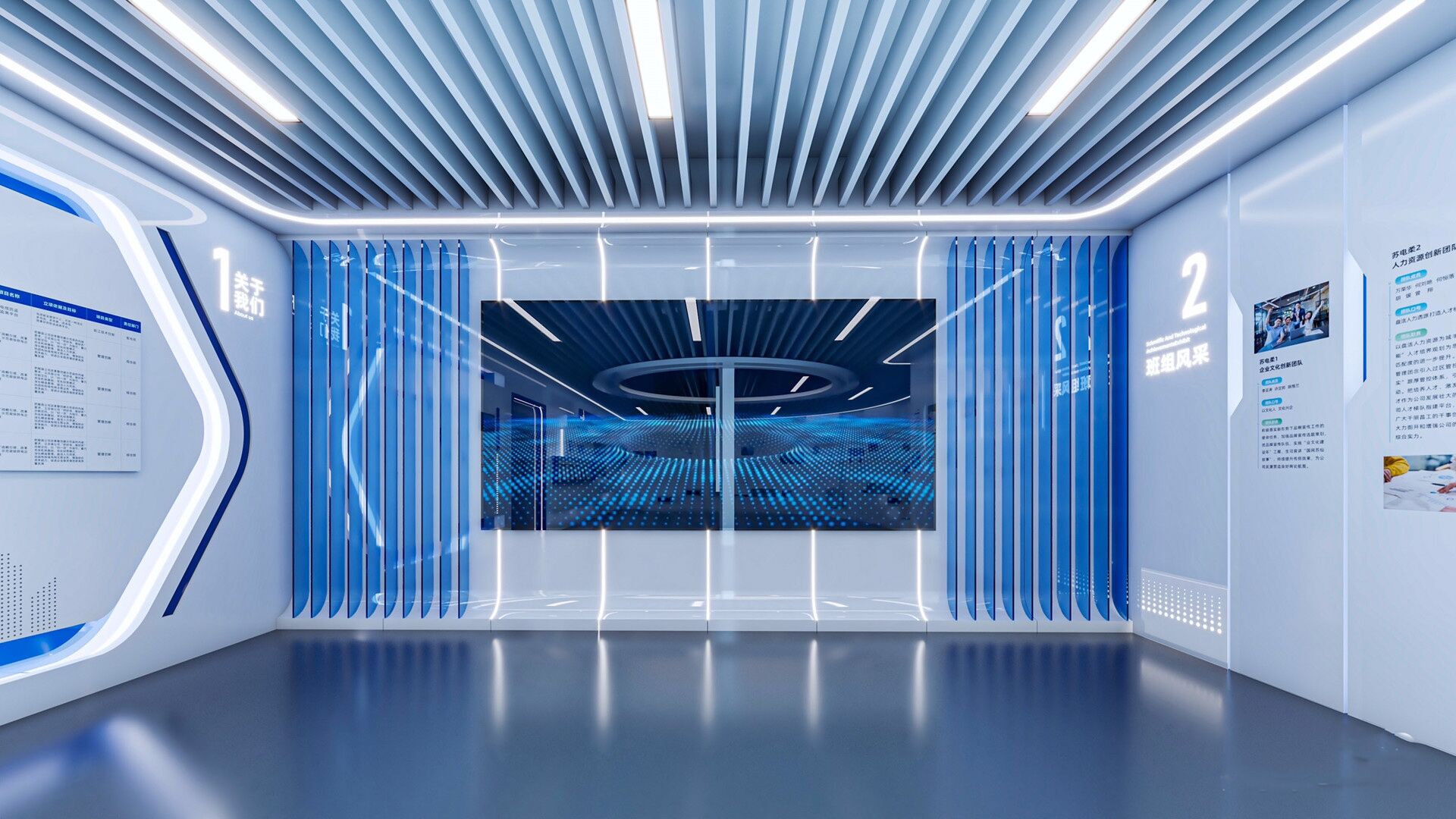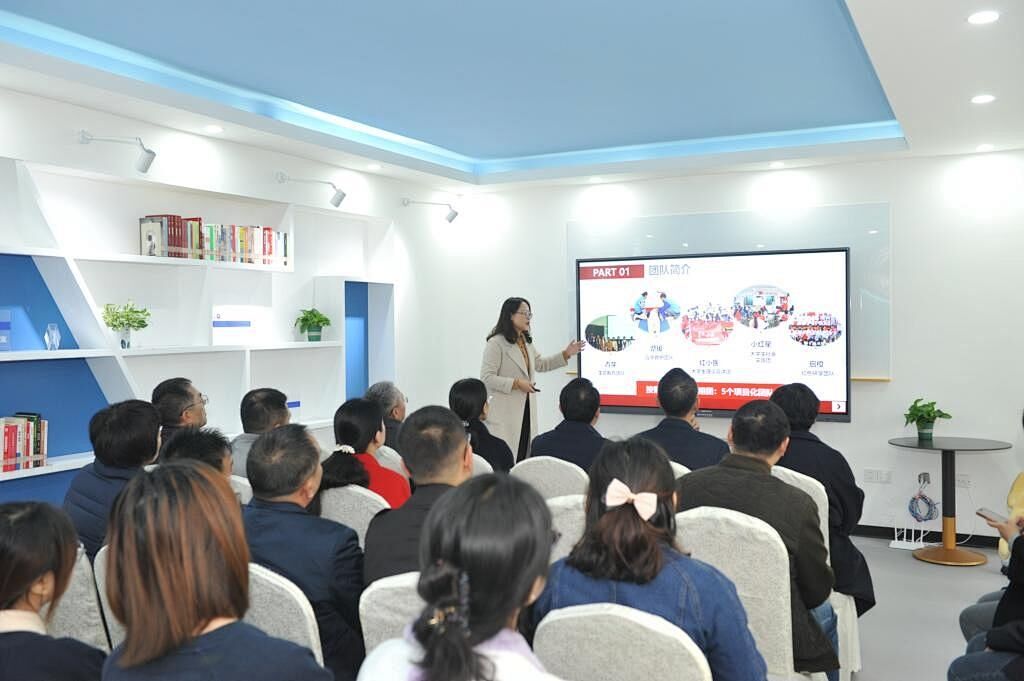Understanding Foot Structure and Pressure Distribution
The anatomy of the foot is a complex interplay of bones, joints, and soft tissues. It consists of 26 bones, over 30 joints, and more than 100 muscles, tendons, and ligaments. These components work together to support our weight and allow mobility in various directions. During movement and standing, the foot undergoes pressure distribution across its surface, which is crucial for maintaining balance and absorbing shock. According to studies, improper foot structure can significantly impact this pressure distribution, often resulting in discomfort or injury, a problem solvable by custom Orthotics. Custom orthotics are designed to redistribute pressure effectively, catering specifically to the unique architecture of an individual's foot, thus mitigating pain and preventing potential injuries associated with poor pressure distribution.
Gait Analysis: Mapping Movement Patterns
Gait analysis is a vital tool in identifying inconsistencies in movement patterns, which can be indicative of underlying foot issues. This process involves studying the way a person walks or runs using methods like 2D and 3D video analysis and pressure mapping. These techniques provide a comprehensive view of an individual's biomechanics. Expert opinions often highlight a strong correlation between gait abnormalities and foot issues, reinforcing the importance of gait analysis. For instance, irregular gait patterns can lead to pain in the legs, hips, and spine, underscoring the need for precise diagnostic tools to tailor custom orthotics that can correct these issues. Enhanced by advancements in technology, gait analysis is increasingly becoming a crucial aspect of personalized foot care.
Correcting Imbalances Through Precision Support
Custom orthotics play a significant role in correcting the biomechanical imbalances caused by foot structure. They offer precision support by tailoring to the unique contours of an individual's feet. One of the primary functions of orthotics is to redistribute pressure, which can alleviate discomfort during movement. By adjusting these imbalances, orthotics not only reduce pain but also enhance overall foot function. Clinical studies frequently highlight the success of custom orthotics in improving pain levels in patients with various foot conditions. This tailored support is essential for individuals suffering from chronic discomfort, as it directly addresses the underlying structural issues contributing to their pain. Through precision support, custom orthotics provide a viable solution to restore comfort and mobility.
Advanced Materials in Orthotic Manufacturing
Thermoplastics vs. Composite Carbon Fiber
When it comes to the manufacturing of custom orthotics, thermoplastics and composite carbon fiber are two standout materials. Thermoplastics are known for their adaptability and ease of shaping, making them ideal for creating personalized orthotic designs. On the other hand, composite carbon fiber offers superior strength and lightweight properties, which enhance durability without compromising on mobility. These materials contribute significantly to patient comfort, with thermoplastics allowing for a snug fit and composite carbon fiber offering robust support. Industry trends are increasingly favoring lightweight, high-strength materials due to advancements in technology, reflecting a shift towards more efficient orthotic solutions that prioritize patient outcomes.
Durability and Flexibility Trade-offs
Orthotic materials must balance durability and flexibility to effectively meet patient needs. Durable materials are essential for longevity, decreasing the need for frequent replacements due to wear and tear. However, flexibility is equally important—it enhances comfort, particularly during repetitive movements, catering to those requiring softer support. Patients with highly active lifestyles or specific mobility challenges may favor flexibility over durability. Material failures can lead to significant discomfort and reduced functionality. Studies in orthotic longevity have identified common issues, emphasizing the need for durable yet flexible designs to ensure optimal patient outcomes.
Eco-Friendly Innovations in Orthotic Materials
The orthotic manufacturing sector is seeing a rise in sustainable material usage, benefiting both the environment and patient care. Innovations such as biodegradable materials are becoming more prevalent, offering a greener alternative to traditional components. These materials contribute to reduced waste and carbon footprint, aligning with global sustainability goals. Experts believe eco-friendly orthotic solutions could have significant long-term impacts, reshaping healthcare practices towards more environmentally responsible approaches. Such advancements not only appeal to eco-conscious consumers but also bolster the industry’s commitment to reducing its environmental impact.
3D Printing Revolution in Custom Orthotics
From Digital Scanning to Personalized Design
The advent of digital scanning technologies has transformed the way custom orthotics are crafted, providing precise models of patients' feet. This technology enables detailed digital replicas, crucial for creating orthotics that fit perfectly and enhance comfort. Once digital scans are obtained, they are converted into personalized orthotic designs using 3D printing technology. This process allows for a customized fit that addresses specific patient needs, significantly improving comfort and functionality. Studies have shown that using digital technologies in orthotic production enhances the accuracy and efficiency of the manufacturing process, ultimately leading to better patient outcomes compared to traditional methods.
AI-Driven Gait Analysis Integration
Artificial intelligence (AI) is revolutionizing gait analysis by improving the precision with which movement patterns are assessed. AI integrates sophisticated algorithms in software tools, allowing for comprehensive gait assessments that provide insights into unique walking dynamics. This technology not only aids in creating better-suited orthotics but also significantly boosts patient outcomes. Statistics reveal that patients who benefit from AI-driven gait analysis in their custom orthotics experience notable improvements in mobility and comfort. As AI continues to evolve, its integration in orthotic technology promises to redefine the customization and functionality of orthotic aids.
Case Study: Athletic Performance Enhancement
A compelling case study in the realm of sports demonstrates how 3D-printed orthotics can drastically enhance athletic performance. Athletes utilizing these custom orthotics have reported improvements in speed, agility, and endurance, thanks to personalized fittings that optimize support and comfort. The feedback loop mechanism plays a crucial role here: real-time performance data is utilized to refine orthotic designs continuously, ensuring they meet the dynamic needs of athletes. Reputable sports organizations have conducted studies showing measurable performance enhancements in participants using 3D-printed orthotics, reaffirming the significant positive impact of this technology on athletic endeavors.
Clinical Benefits of Custom-Made Solutions
Chronic Pain Management Strategies
Custom orthotics play a vital role in managing chronic pain conditions such as plantar fasciitis and arthritis. These tailored solutions provide specific support where needed, aligning the foot properly to minimize stress on inflamed areas. Healthcare providers often employ strategies like detailed foot assessments to prescribe the most effective orthotics for pain relief. Research shows significant improvements in patient-reported outcomes, highlighting the effectiveness of custom orthotics in chronic pain management. For instance, studies have reported up to a 75% reduction in discomfort for individuals using personalized orthotics over standard options.
Preventing Progressive Foot Deformities
Custom orthotics are crucial in preventing the progression of foot deformities like flat feet and bunions. By providing targeted support, they can maintain or restore normal foot alignment, slowing or even halting the development of these conditions. This approach is relevant for both children and adults, as early intervention can lead to long-term benefits. Research underscores the importance of using orthotics for preventative care, with studies indicating a significant decrease in the progression of deformities in individuals using custom devices compared to those without such interventions.
Whole-Body Alignment Improvements
Misalignments in the feet can significantly impact overall body posture, potentially leading to various musculoskeletal issues. Custom orthotics aid in achieving proper whole-body alignment by correcting foot misalignments, thereby alleviating pressure points and promoting overall structural balance. Expert insights reveal a strong correlation between lower body support and overall health, emphasizing that adequate foot alignment is integral to preventing conditions like back pain and knee issues. With enhanced support from custom orthotics, many patients experience improvements in posture and a reduction in strain on other body parts, showcasing their whole-body benefits.
Frequently Asked Questions
What are custom orthotics and how do they help?
Custom orthotics are specially designed shoe inserts that align with the unique contours of an individual's feet. They help by redistributing pressure, offering precision support, and mitigating pain caused by improper foot structure.
How is gait analysis used in creating custom orthotics?
Gait analysis assesses the way a person walks or runs to identify foot issues. It provides valuable insights into movement patterns, allowing for the creation of custom orthotics that address specific biomechanical imbalances.
What materials are typically used in orthotic manufacturing?
Common materials include thermoplastics and composite carbon fiber. Thermoplastics offer adaptability for personalized designs, while composite carbon fiber provides strength and lightweight properties for durability.
Can custom orthotics help with chronic pain?
Yes, custom orthotics can significantly reduce chronic pain related to conditions like plantar fasciitis and arthritis by providing tailored support that minimizes stress on inflamed areas.
Are there eco-friendly options in orthotic materials?
Yes, the industry is increasingly using sustainable materials like biodegradable components to manufacture orthotics, aligning with environmental sustainability goals.
Table of Contents
- Understanding Foot Structure and Pressure Distribution
- Gait Analysis: Mapping Movement Patterns
- Correcting Imbalances Through Precision Support
- Advanced Materials in Orthotic Manufacturing
- 3D Printing Revolution in Custom Orthotics
- Clinical Benefits of Custom-Made Solutions
- Frequently Asked Questions

 EN
EN









































